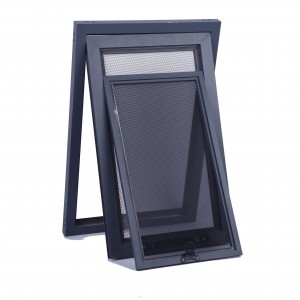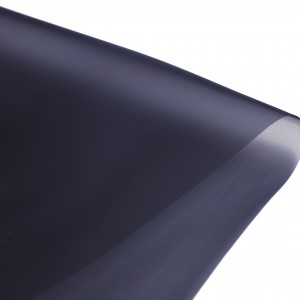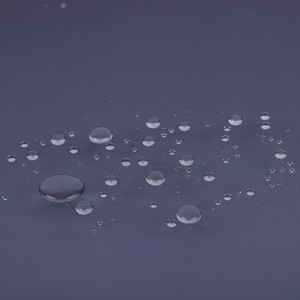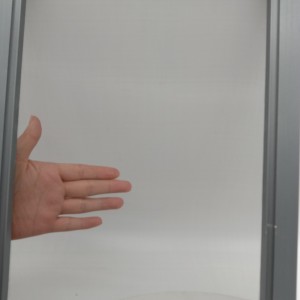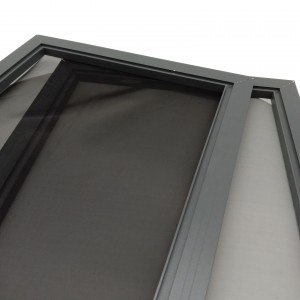1. What material are anti-haze screens made of?
Anti-haze screens are made of polyester fiber gauze and PET (polyester) nuclear pore membrane.
2. What is the air permeability of nuclear pore membrane screens?
The air permeability of nuclear pore membrane screens is: 0.9 cubic meters per minute, per square meter (gas pressure difference is 0.4 atmospheres), which is sufficient ventilation volume to meet the needs of the human body.
3. Can anti-haze screens prevent dust and catkins?
This functional nuclear pore film screen has a blocking rate of up to 98% for outdoor PM2.5. The particle sizes of catkins and dust are mostly above a few microns, so they can certainly be blocked.
4. Will anti-haze screens block sunlight and affect lighting because the mesh is too dense?
The PET film itself is transparent, but after being made into a nuclear pore film, a large number of micropores reflect light, resulting in a milky white appearance, but it has little impact on lighting. On the contrary, the semi-hidden and semi-transparent appearance effect of the nuclear pore membrane screen window is more conducive to opening the window for ventilation at night, which can not only keep the indoor air fresh, but also play a good role in privacy protection.
5. How long is the lifespan of anti-haze screens? Will it suffer premature damage from rain or bright light?
The overall mesh surface of the screen window can be used for more than 3 years under normal use and normal cleaning. Screen windows have good UV resistance, and strong light exposure will not shorten their service life.
6. Will the residual haze in the house before the screen windows be installed stay in the house after the screen windows are installed?
The nuclear pore membrane has tens of billions of conical micropores that are large on the outside and small on the inside. The pore diameter is much larger than the particle size of harmful gases, so that indoor pollutants (benzenes, ammonia, carbon monoxide, carbon dioxide, etc.), radioactive aerosols, etc. , and their progeny, and other harmful gases quickly diffuse outdoors based on the principles of free air diffusion and concentration balance.
Post time: Dec-19-2023






